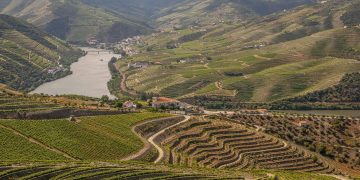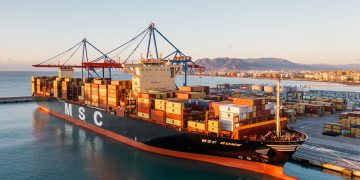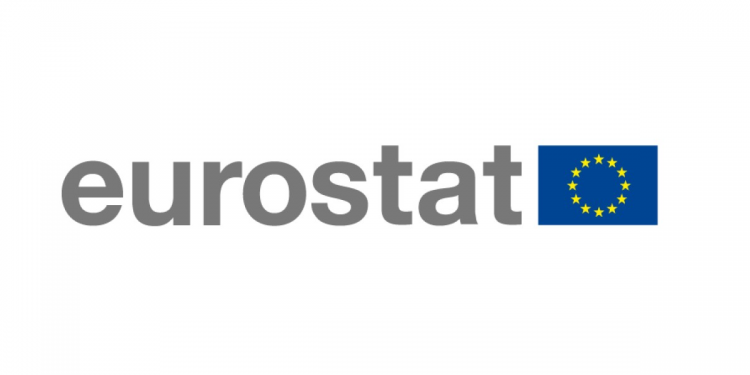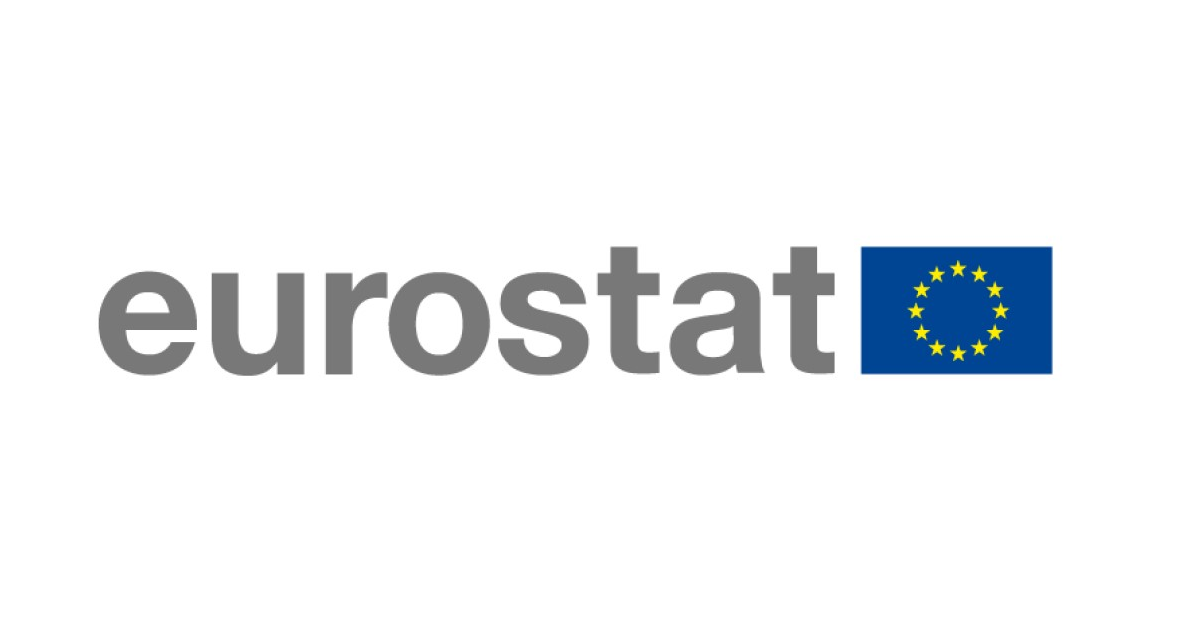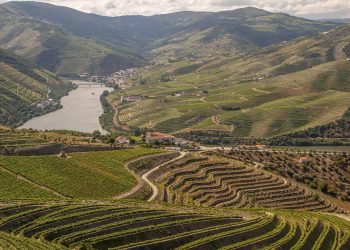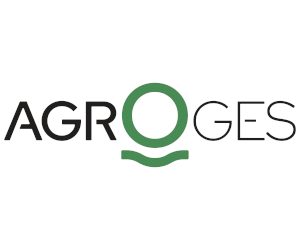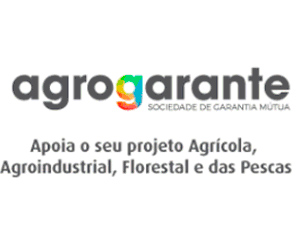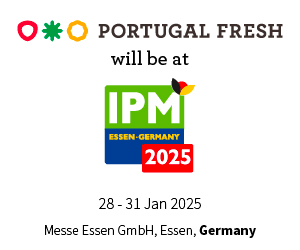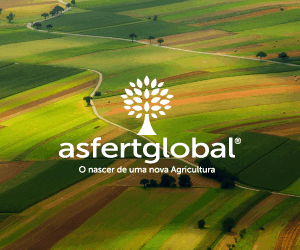In 2022, the agricultural output of the EU amounted to €524 billion. The value of crop output was considerably higher than the value of animal output (55% vs 40% of the total), the remainder (5%) coming from agricultural services.
There were 5 regions in the EU classified at level 2 of the Nomenclature of Territorial Units for Statistics (NUTS 2) whose total agricultural output exceeded €9 billion in 2022. It was the highest in Andalucía, Spain (€16 billion), followed by Bretagne in France (€11 billion), Lombardia in Italy (€10 billion), Weser-Ems in Germany and Pays de la Loire in France (€9 billion each).
This information comes from regional data on the economic accounts for agriculture published by Eurostat today.
Value of crop output higher than animal output in most regions
In a majority of the EU’s 225 NUTS 2 regions with available data, crop output accounted for more than half of the value of total agricultural output. Indeed, there were 60 regions across the EU where crop production contributed more than 70% of the total agricultural output.
The value of crop output in Andalucía, Spain (€13 billion) was by far the highest and was more than double of Zuid-Holland in the Netherlands and Champagne-Ardenne in France (nearly €6 billion each).
In 64 of the EU’s NUTS 2 regions (28% of the regions), the value of animal output (animals and animal products) exceeded 50% of the total agricultural output.
Source dataset: agr_r_accts
The value of animal output in 2022 was the highest in Bretagne, France (just over €7 billion). It was followed by Weser-Ems in Germany (just under €7 billion) and the Southern region of Ireland (almost €6 billion).
There were 11 regions in the EU where at least 70% of agricultural output was from animal output. These included 2 regions in Ireland (Southern 79% and Northern and Western 77%), Spain (Cantabria 75% and Principado de Asturias 72%) and Austria (Salzburg 73% and Vorarlberg 71%). There was 1 region each in Italy (Valle d’Aosta/Vallée d’Aoste 76%), Portugal (Região Autónoma dos Açores 76%), Germany (Weser-Ems 75%), the Netherlands (Overijssel 73%) and Hungary (Budapest, 73%).
O artigo foi publicado originalmente em Eurostat.


